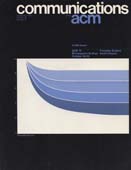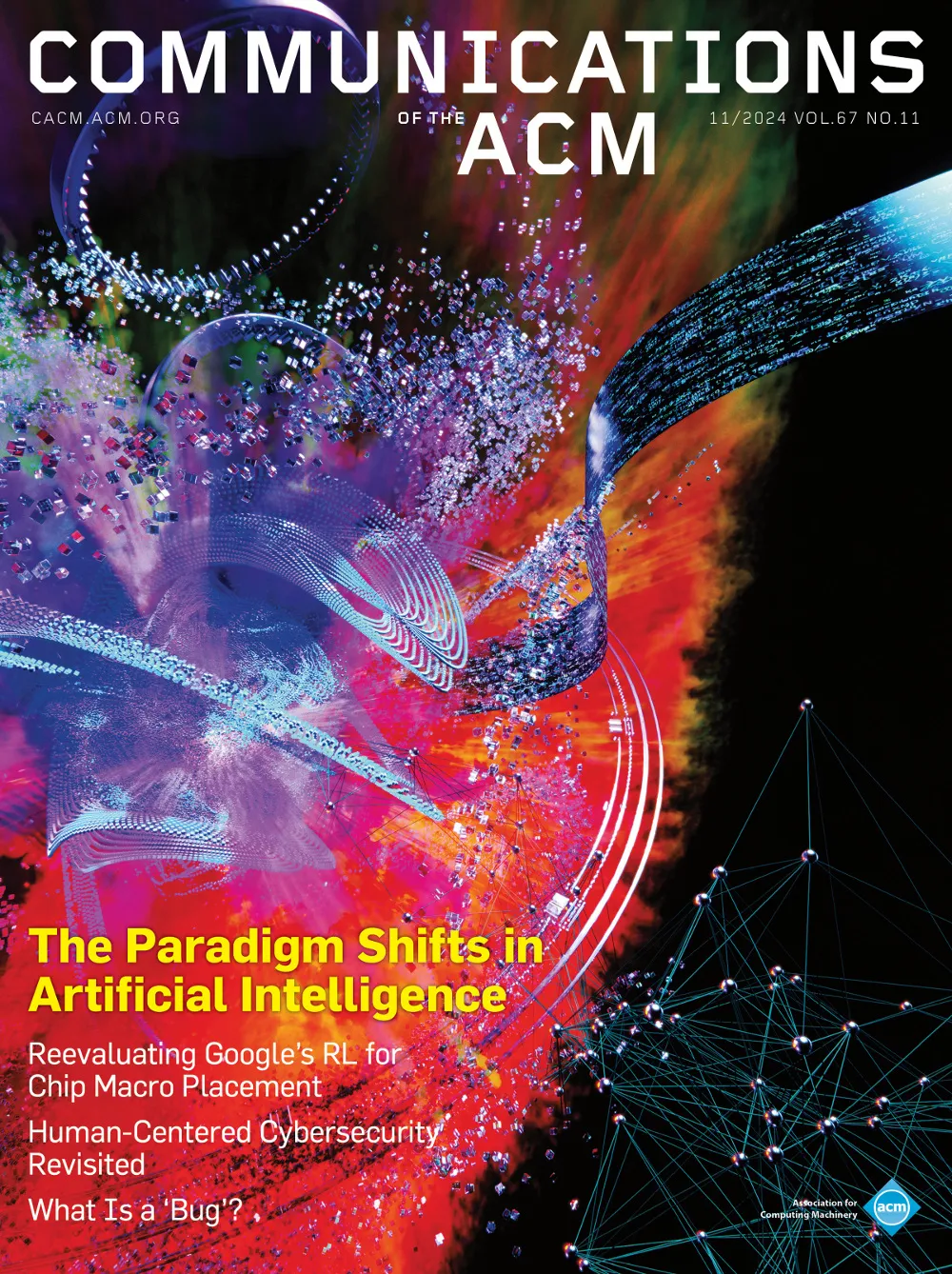September 1975 - Vol. 18 No. 9

Features
Multiprocessing compactifying garbage collection
Algorithms for a multiprocessing compactifying garbage collector are presented and discussed. The simple case of two processors, one performing LISP-like list operations and the other performing garbage collection continuously, is thoroughly examined. The necessary capabilities of each processor are defined, as well as interprocessor communication and interlocks. Complete procedures for garbage collection and for standard list processing primitives are presented and thoroughly explained. Particular attention is given to the problems of marking and relocating list cells while another processor may be operating on them. The primary aim throughout is to allow the list processor to run unimpeded while the other processor reclaims list storage The more complex case involving several list processors and one or more garbage collection processors are also briefly discussed.
Multidimensional binary search trees used for associative searching
This paper develops the multidimensional binary search tree (or k-d tree, where k is the dimensionality of the search space) as a data structure for storage of information to be retrieved by associative searches. The k-d tree is defined and examples are given. It is shown to be quite efficient in its storage requirements. A significant advantage of this structure is that a single data structure can handle many types of queries very efficiently. Various utility algorithms are developed; their proven average running times in an n record file are: insertion, O(log n); deletion of the root, O(n(k-1)/k); deletion of a random node, O(log n); and optimization (guarantees logarithmic performance of searches), O(n log n). Search algorithms are given for partial match queries with t keys specified [proven maximum running time of O(n(k-t)/k)] and for nearest neighbor queries [empirically observed average running time of O(log n).] These performances far surpass the best currently known algorithms for these tasks. An algorithm is presented to handle any general intersection query. The main focus of this paper is theoretical. It is felt, however, that k-d trees could be quite useful in many applications, and examples of potential uses are given.
The digital simulation of river plankton population dynamics
This paper deals with the development of a mathematical model for and the digital simulation in Fortran IV of phytoplankton and zooplankton population densities in a river using previously developed rate expressions. In order to study the relationships between the ecological mechanisms involved, the simulation parameters were varied illustrating the response of the ecosystem to different conditions, including those corresponding to certain types of chemical and thermal pollution. As an investigation of the accuracy of the simulation methods, a simulation of the actual population dynamics of Asterionella in the Columbia River was made based on approximations of conditions in that river. Although not totally accurate, the simulation was found to predict the general annual pattern of plankton growth fairly well and, specifically, revealed the importance of the annual velocity cycle in determining such patterns. In addition, the study demonstrates the usefulness of digital simulations in the examinations of certain aquatic ecosystems, as well as in environmental planning involving such examinations.
Optimal balancing of I/O requests to disks
Determining a policy for efficient allocation and utilization of a set of disk drives with differing operational characteristics is examined using analytical techniques. Using standard queueing theory, each disk drive is characterized by a queueing model with service time of a disk drive represented by the probability density function of the sum of two uniform distributions. Total response time of the set of disk models is then minimized under varying load conditions. The results indicate that faster devices should have higher utilization factors and that the number of different device types utilized tends to decrease with decreasing load. Specific examples using 2314 and 3330 combinations are examined.
One means of analyzing program performance is by deriving closed-form expressions for their execution behavior. This paper discusses the mechanization of such analysis, and describes a system, Metric, which is able to analyze simple Lisp programs and produce, for example, closed-form expressions for their running time expressed in terms of size of input. This paper presents the reasons for mechanizing program analysis, describes the operation of Metric, explains its implementation, and discusses its limitations.



